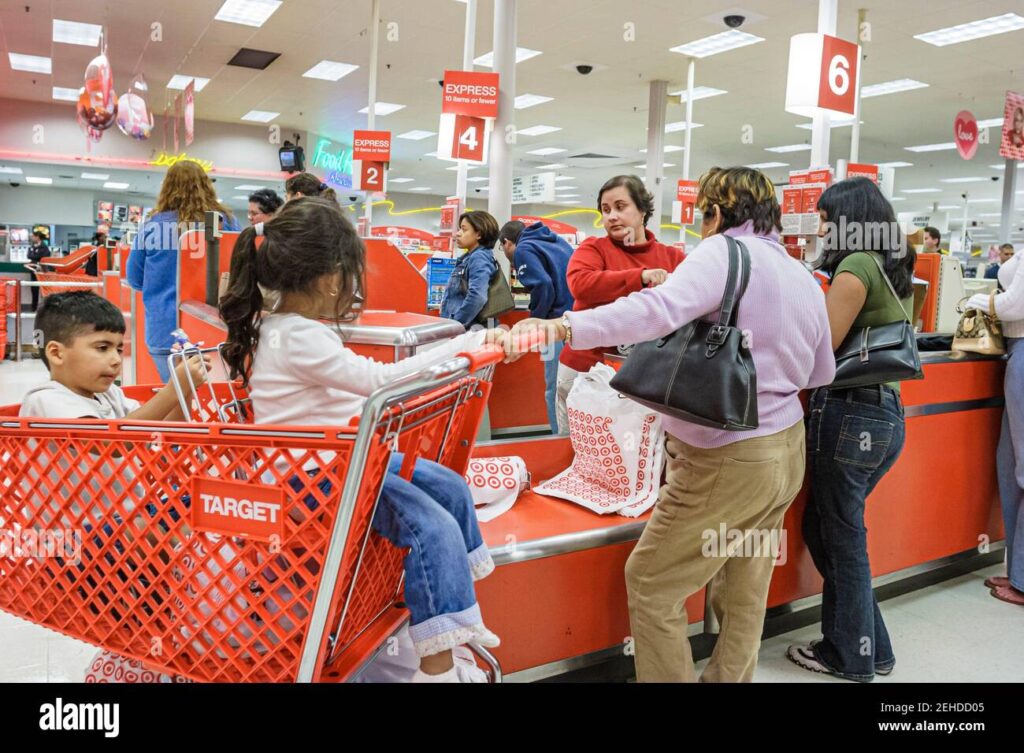US Consumers Rush to Buy as Trump Tariffs Fuel Stockpiling: Report Finds Surge in Panic Buying
The U.S. economy is experiencing a new wave of consumer behavior as the Trump administration’s tariffs on key imports have triggered widespread stockpiling among American shoppers. According to a recent report, the prospect of rising prices due to import duties on Chinese goods and other foreign products has led to an unprecedented rush to purchase goods before prices surge.
Tariffs and Their Impact on Consumer Behavior
Tariffs, which function as taxes imposed on imported goods, have been a key part of former President Donald Trump’s economic policy. Designed to protect domestic industries and reduce reliance on foreign imports, these tariffs have significantly impacted the cost of goods sold in the U.S. As a result, consumers and businesses alike are reacting by stockpiling essential products before price increases take full effect.
The report highlights that as tariffs continue to be implemented on a wide range of goods—including electronics, clothing, household appliances, and food items—retailers and consumers have responded with mass purchasing behaviors. This surge in demand has led to supply chain disruptions, product shortages, and increased inflationary pressures on the economy.
Sectors Most Affected by Tariff-Driven Stockpiling
1. Consumer Electronics
One of the most impacted sectors is consumer electronics. The tariffs on Chinese-manufactured components and finished products have resulted in increased costs for smartphones, laptops, and other gadgets. Retailers like Best Buy and Walmart have reported higher sales volumes as consumers rush to purchase before anticipated price hikes take effect.
2. Apparel and Footwear
The fashion industry has also seen a dramatic increase in stockpiling. Apparel brands that rely on Chinese manufacturing have had to increase prices to offset the cost of tariffs, leading consumers to buy clothing and footwear in bulk. Major retailers such as Nike and Adidas have issued warnings about potential price increases, further driving sales before new tariff rounds take hold.
3. Household Appliances and Furniture
With tariffs affecting steel, aluminum, and other raw materials, manufacturers of refrigerators, washing machines, and furniture have also passed these costs onto consumers. Homeowners and businesses are preemptively purchasing items to avoid paying higher prices in the future.
4. Food and Groceries
Food items, especially those that depend on imported ingredients, have also seen an uptick in stockpiling. Products such as seafood, dairy, and packaged goods sourced from international markets have become more expensive due to import duties. This has led grocery chains like Costco and Sam’s Club to experience bulk-buying surges similar to those seen during the COVID-19 pandemic.
Economic Implications of Consumer Stockpiling
While stockpiling may seem like a logical response to rising prices, it has broader economic consequences:
1. Supply Chain Disruptions
Retailers and suppliers are struggling to keep up with demand, leading to shortages and longer restocking periods. This strain on supply chains can exacerbate logistical challenges and create gaps in product availability.
2. Inflationary Pressures
Increased consumer demand, coupled with limited supply, contributes to inflation. As stockpiling continues, businesses adjust their pricing models, leading to higher costs that affect overall consumer spending power.
3. Retailer Profits and Challenges
While stockpiling initially benefits retailers with increased sales, it can also create long-term inventory challenges. When demand eventually stabilizes, businesses may experience slower sales periods, affecting profitability and planning strategies.
4. Economic Uncertainty
Persistent tariff uncertainty creates instability for businesses and consumers. Companies struggle to set long-term pricing strategies, while consumers face ongoing anxiety about the affordability of goods.
How Businesses and Consumers Are Adapting
1. Retailer Strategies
Many retailers have taken proactive steps to manage the tariff impact, including:
- Increasing bulk discounts to encourage preemptive buying.
- Diversifying supply chains to reduce dependency on tariff-heavy regions.
- Offering financing options to help consumers afford higher-priced goods.
2. Consumer Adjustments
To cope with rising costs, consumers are:
- Buying in bulk to lock in lower prices before tariffs increase.
- Seeking alternative brands or domestically produced goods.
- Delaying non-essential purchases until the tariff situation stabilizes.
Long-Term Outlook: Will Stockpiling Continue?
The long-term effects of tariff-induced stockpiling depend on several factors:
- Trade Negotiations: Any adjustments in U.S. trade policy could alleviate pressure on consumer goods, reducing the need for stockpiling.
- Economic Recovery: If inflation stabilizes and supply chains improve, consumers may return to normal purchasing patterns.
- Retail Adjustments: Businesses that successfully navigate tariff-related challenges may maintain steady pricing, reducing the urgency to stockpile.
Conclusion: Navigating the Tariff Impact on Consumer Spending
As the U.S. faces ongoing trade policy changes, the consumer rush to stockpile goods reflects broader economic concerns. While short-term buying surges benefit retailers, they also contribute to inflation and supply chain instability. Both businesses and consumers must remain adaptable in response to the evolving tariff landscape.
With uncertainties still looming, experts recommend that consumers adopt a strategic approach to purchasing by staying informed about tariff developments, considering alternative products, and managing budgets wisely. Retailers, in turn, must implement dynamic pricing and supply chain strategies to weather the effects of continued tariff fluctuations.
The report’s findings highlight the immediate and long-term impacts of tariffs on consumer behavior, emphasizing the need for a balanced economic approach to mitigate disruption and sustain market stability. Whether stockpiling continues will ultimately depend on how trade policies evolve and how businesses and consumers respond to these economic shifts.

